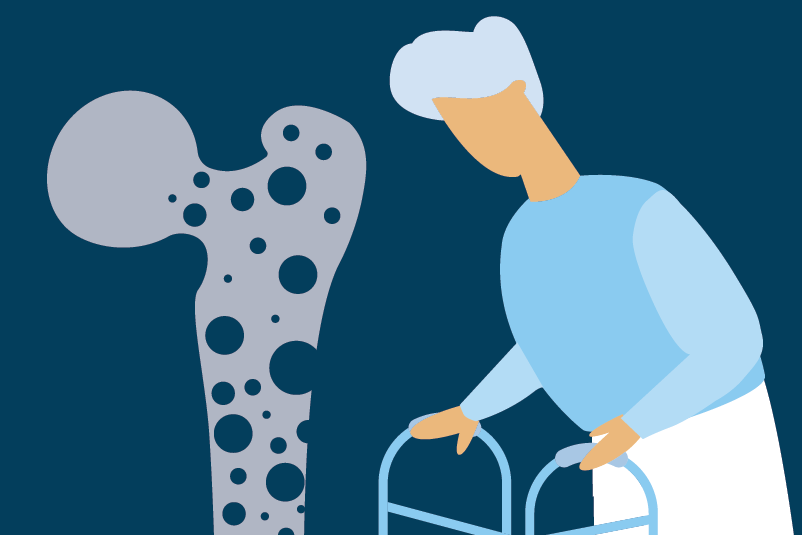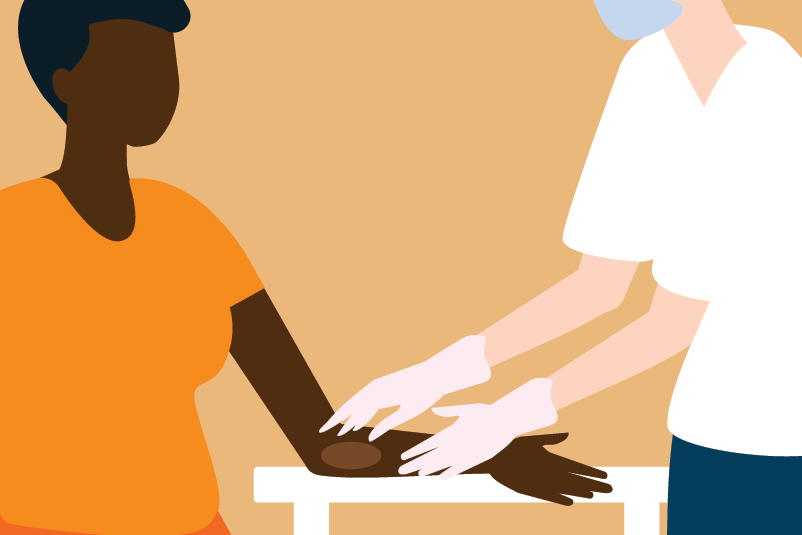#232 Muscling out molluscum contagiosum: Which treatments work?

Reading Tools for Practice Article can earn you MainPro+ Credits
Join NowAlready a CFPCLearn Member? Log in
- Potassium hydroxide 10-15% once or twice daily:
- Versus placebo (3 RCTs, 163 patients; meta-analyzed by PEER):1,3,4 49% versus 17% placebo, Number Needed to Treat (NNT)=4.
- Versus curettage (1 RCT, 34 patients):1 81% versus 88% curettage, not statistically different.
- Versus cryotherapy once/week for 4-6 weeks (2 RCTs, 150 patients, 1 RCT including children and adults; meta-analyzed by PEER):1,4 81% versus 85% cryotherapy, not statistically different.
- Cantharidin 0.7% solution applied 2-5 times over 6-8 weeks:
- Versus placebo (2 RCTs, 123 patients; meta-analyzed by PEER):1,2 32% versus 10% placebo, NNT=5.
- Imiquimod 5% 3-7 times/week:
- Versus placebo (4 RCTs, 850 patients): 15% versus 12% placebo, not statistically different.1
- Versus potassium hydroxide 10% (2 RCTs, 67 patients):1 53% versus 82% potassium hydroxide, number needed to harm (NNH)=4.
- Versus cryotherapy once/week (1 RCT, 74 patients):1 59% versus 100% cryotherapy, NNH=3.
- Adverse Events:
- Site reaction: imiquimod versus placebo (3 RCTs, 827 patients): 36% versus 26% placebo, NNH=11.1
- Burning sensation: 1 RCT 53% potassium hydroxide versus 12% placebo, NNH=3 (pain/stinging not statistically different).3
- Limitations: Patients did not have or were not treated for genital lesions.
- Potassium hydroxide may cause chemical burns with improper use; should be applied sparingly, directly to lesion. When redness appears, discontinue use and wait for lesion to heal.5
- Estimated incidence of molloscum contagiosum is 12-14 cases per 1000 children per year.6
- Molluscum contagiosum is benign; the majority of cases resolve within a year without treatment.7
- In some cases, treatment may be preferable to improve quality of life and limit the risk of transmission.8
- Cryotherapy, cantharidin and curettage require in-office treatment.






